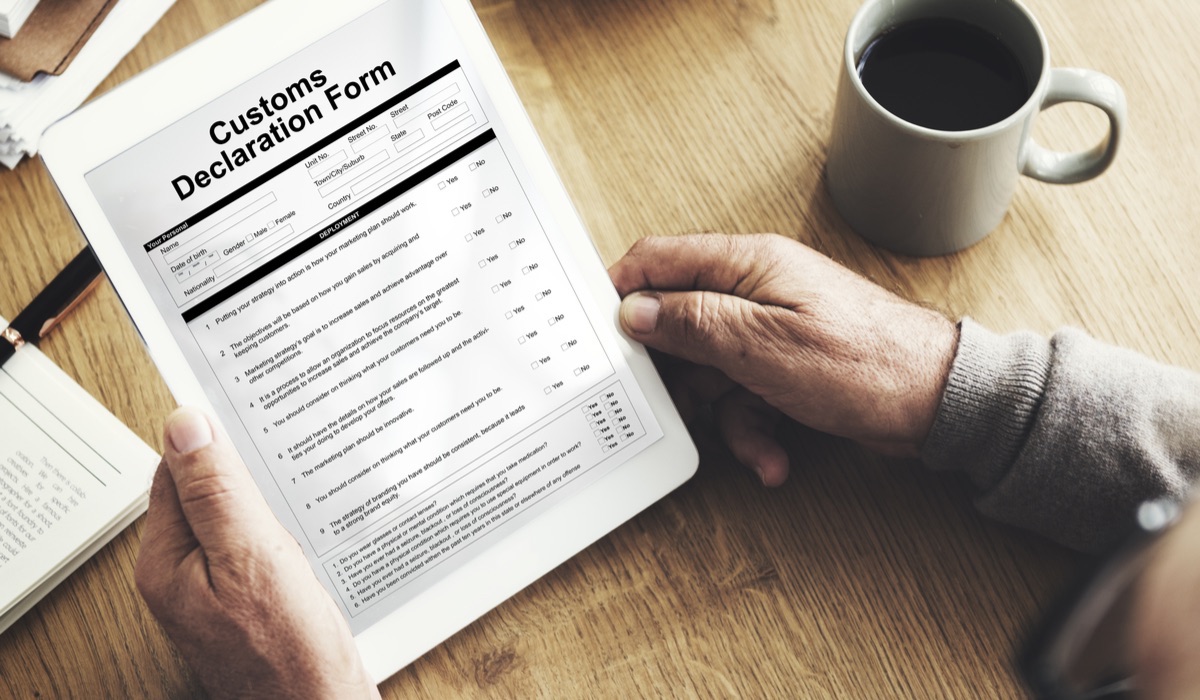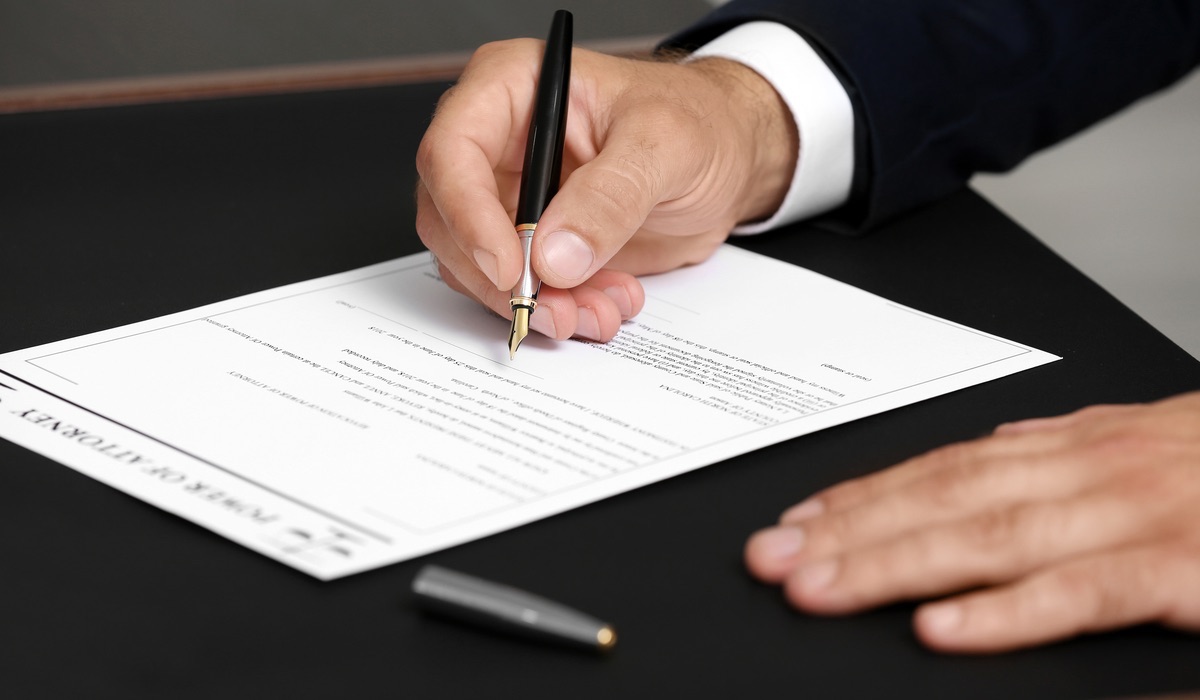Lying partly in Asia and partly in Europe, Turkey is an ideally located hub with opportunities for growth and innovation, with special attention to those in the toy industry. Turkish toys are beginning to capture the attention of European importers, and the industry is set to flourish in the coming years.
Learn why Turkey is the place your brand should be setting its sights on for your toy manufacturing and the benefits of this sourcing opportunity.
Importers are becoming increasingly cautious when sourcing abroad due to the risk they take when it comes to the quality of the toy or the raw materials that were used in the process of production.
Turkey has recently started manufacturing toys with this in mind.
What do I mean?
Turkey has begun manufacturing toys according to the CE directive, which ensures that their toys are compliant and ready to be exported into Europe with all toy safety regulations being met. These new toy regulations became effective on April 4, 2017.
In this blog post, I seek to outline this trajectory for growth and highlight what this opportunity for growth can mean for your sourcing strategy.
The Turkish Toy Industry Is Set For Growth
The toy industry in Turkey is set on a continued trajectory for growth. The below graph indicates that 33% of the Turkish population are children. Its toy industry has grown 20 times over in the last five years, and is set to be worth around USD 1 billion.

Currently Turkey is the EU’s 4th largest export market and 5th largest provider of imported goods. The EU is by far Turkey’s number one import and export partner.
This level of industry growth provides an ideal platform in which many manufacturers and importers, both domestically and internationally, can leverage.
The challenges of sourcing in developing countries
Many sourcing countries are currently in third world or developing countries, which makes it harder to guarantee high levels product quality and supply chain compliance.
Some other challenges include:
- Travel times – The time it takes to get to various factory for inspections
- Expenses – Longer travel times means greater expenses.
- Less hands on – Distance means that it is difficult for you to be hands on with the factory and your product.
- Social compliance – This can be hard to achieve and monitor in sourcing countries as cheap and forced, or child labour, often go undetected.
- Product compliance – Ensuring your children’s toy arrives in compliance with all European standards being met is likely one of the greatest challenges that importers face.
Turkey presents itself as a sourcing alternative to that of Asia as well as provides a sourcing opportunity that is closer for European retailers and importers.
What are the Key benefits of this sourcing opportunity
- Faster time to market due to an ideal geographical location that provides a competitive position for your brand and product.
 You can be more hands on in approach to factory and production monitoring and inspection.
You can be more hands on in approach to factory and production monitoring and inspection.- You can meet trend demands faster – This can often be done through ordering smaller quantities at a time.
- Manufacturing costs will continue to drop as the industry grows
If you are to remain a key competitor in the marketplace, it will be important for you to understand the global geographical opportunities that are out there.
Even though sourcing in Turkey may result in elevated manufacturing costs from the outset, the country has ensured their national toy safety regulations are matched with that of the EU regulations, which presents an opportunity for further growth and a uniquely competitive advantage for European toy brands.
Let us know if you have leveraged opportunities like this before and what some of your challenges were in the comments section below
API can assist with all of your sourcing and quality challenges, please reach out if we can help you in any way and we will be happy to assist.
{{cta(‘94176617-12fb-42a8-8089-045eac6d55ea’)}}


 A POA is essential for filling out shippers exportation documents. This exportation document cannot be completed without a valid POA. Without it, your shipment will not be released, costing you time and money.
“So, what happens when one of these documents are not in order?”
You incur costs that begin adding up on a daily basis. Your shipment will be warehoused, where you will be billed for every day your shipment is there. It will be time consuming. Much of the paperwork mentioned above takes time to complete, but now you will be waiting on paperwork while raking up warehouse fees. This is not an ideal situation but can be avoided with thorough, well-kept, organized paperwork and a dash of patience to go along with it.
A POA is essential for filling out shippers exportation documents. This exportation document cannot be completed without a valid POA. Without it, your shipment will not be released, costing you time and money.
“So, what happens when one of these documents are not in order?”
You incur costs that begin adding up on a daily basis. Your shipment will be warehoused, where you will be billed for every day your shipment is there. It will be time consuming. Much of the paperwork mentioned above takes time to complete, but now you will be waiting on paperwork while raking up warehouse fees. This is not an ideal situation but can be avoided with thorough, well-kept, organized paperwork and a dash of patience to go along with it.


